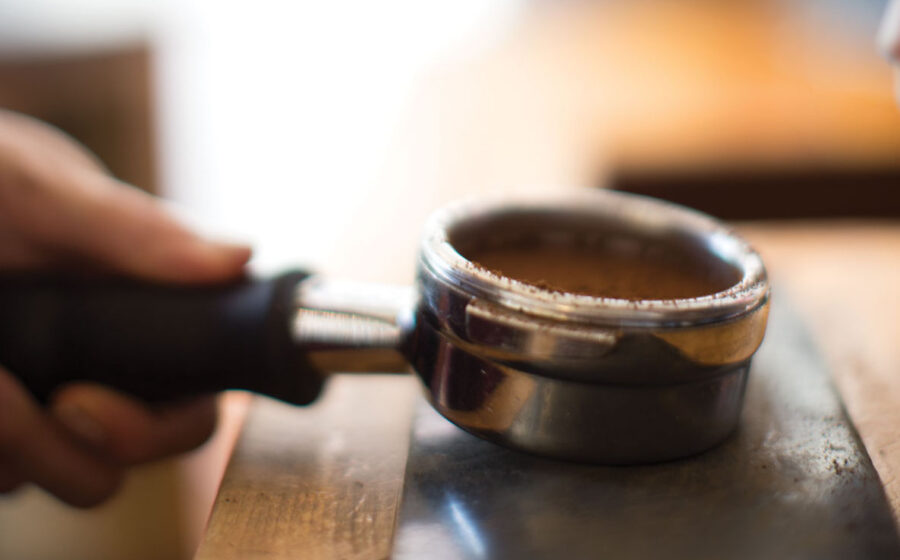[F]ollowing its first meeting last weekend to sort out the future of barista competitions in the United States, the SCAA and Barista Guild’s Ad Hoc Regional Competitions Committee released a statement today with plans for the future of the qualifying competitions. It reads: “the 2015-2016 competition season will have to be a building year.” Regional competitions, controversially nixed by the SCAA in late June, are back, but in a wholly new form.
“This year is not going to be exactly everything that we ever thought that it could be and want it to be,” said Lorenzo Perkins, the chair of the Barista Guild’s executive council, in a phone interview. He described the committee’s approach as, “let’s do what we can to make it happen, while at the same time laying a really strong foundation for what the future events will look like.”
He also said, “There was definitely a sense of, ‘Oh my god, its August, if we’re going to have an event this year, how are we going to do this?’”
By consolidating.
This year’s regional barista competitions will be consolidated into a single, four-day event that will take place at “the geographic center of the country,” according to the committee’s announcement, which was issued to Guild and Association members today.
The barista competition will feature 100 competitors, while fifty slots are open in the Brewers Cup. Competitors in each competition will be divided into two regions—Eastern and Western—though the geographic boundaries of each region were not included in the announcement. Each region will have fifty or twenty-five seats for each competition. The four-day event will be split into two sessions, with one region competing the first two days, the other following the next two days.
In both the brewing and barista competitions, the top six finishers from each region will have automatic berths in the USBC and Brewers Cup semi-finals. The twenty-four highest scorers overall will move to the first round of each contest.
The format of the contest will likely be “a condensed version of the full USBC.” The statement reads: “We envision 2 espressos, 2 milk based drinks, and 2 signature drinks served to 2 sensory judges with 2 technical judges and 1 head judge. There will be a 20 minute practice period, a prep time of 10 minutes and performance time of 10 minutes.”
Here’s what we don’t yet know about the unified regional event:
When it will happen
The location of the competition
The boundaries of each region
Whether the envisioned barista format will be final
This format will likely not repeat, and much of the ad hoc committee’s meeting was focused on building a framework for future competitions. “Let’s create a long-term vision, because we’re not going to be able to do this year what we want next year to look like. We talked a lot about what the coming two to five years is going to look like,” said Perkins.
No details have been nailed down, but the conversation for these events focused on ways to expand their scope beyond mere competition. Goals include expanding the scope of the regionals by offering coffee consumers avenues to enjoy the events (with samplings and other “sensory” events), providing classes, and inviting in other craft food industries.
Perkins believes the ad hoc committee has accomplished its mission, which was simply to triage this year’s USBC and its qualifying process. The future of America’s coffee competitions now goes back to the normal committees at the BGA and SCAA.
The Ad Hoc Regional Competitions Committee included:
Michael Strumpf, chair of the USBC barista competition
Jessica Steffy, chair of the USBC competition committee
Lorenzo Perkins, chair of Barista Guild executive council
Laila Ghambari, vice chair Barista Guild executive council
Pete Licata, USBC champion
Jonathan Bonchak, Counter Culture Coffee
Brant Curtis, Wilbur Curtis
Ric Rhinehart, SCAA executive director
Lara Gallagher, SCAA senior event manager
Hugo Neuproler, SCAA event coordinator
Mansi Choksi, SCAA membership director
—Cory is Fresh Cup’s editor.
















